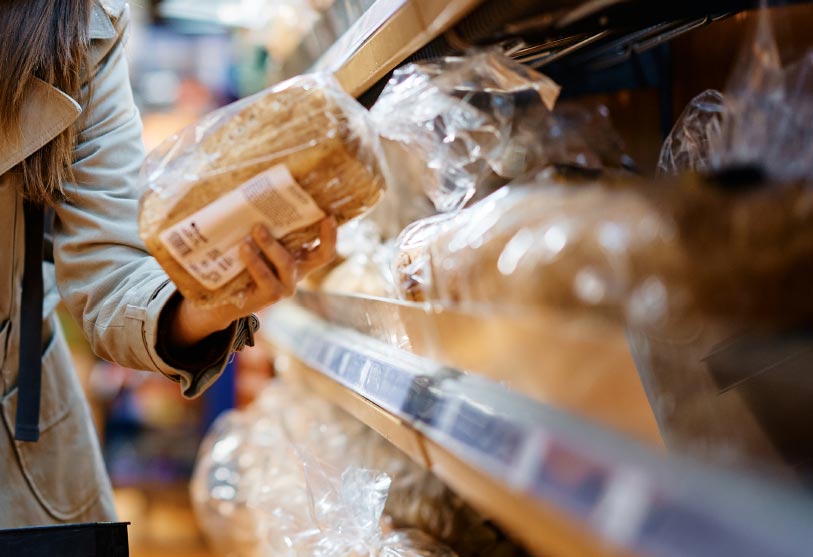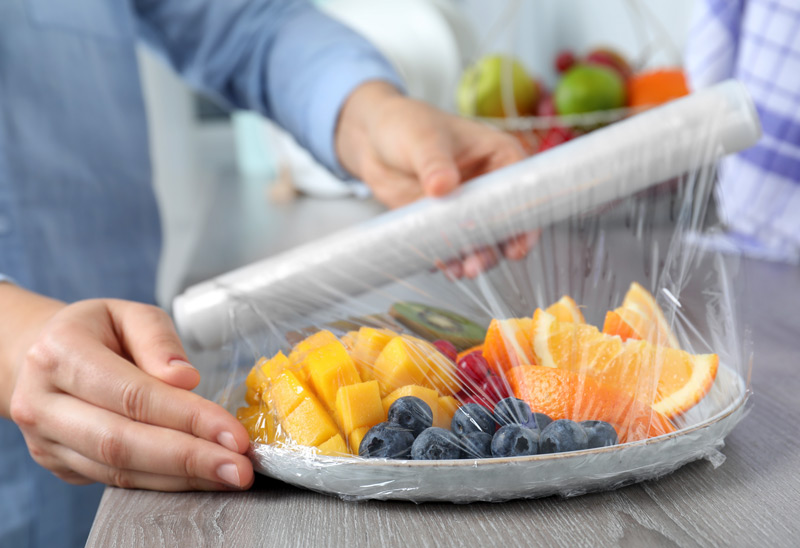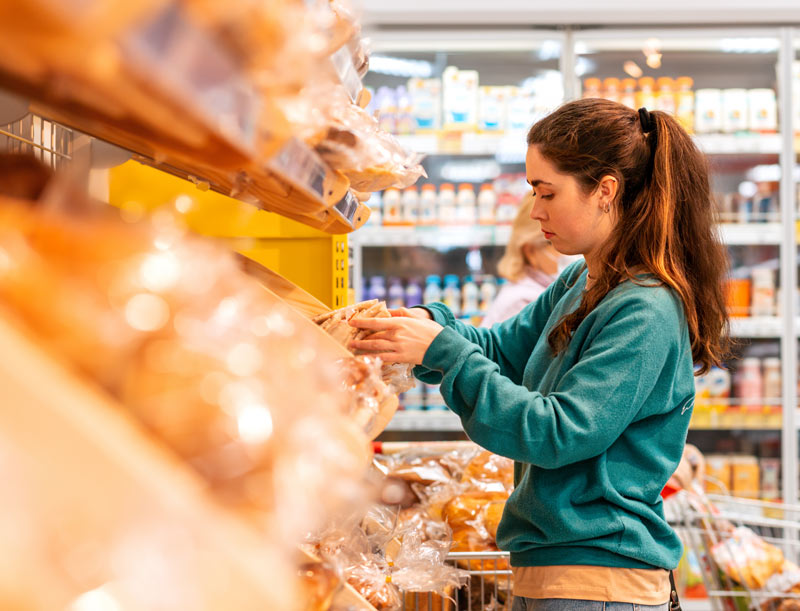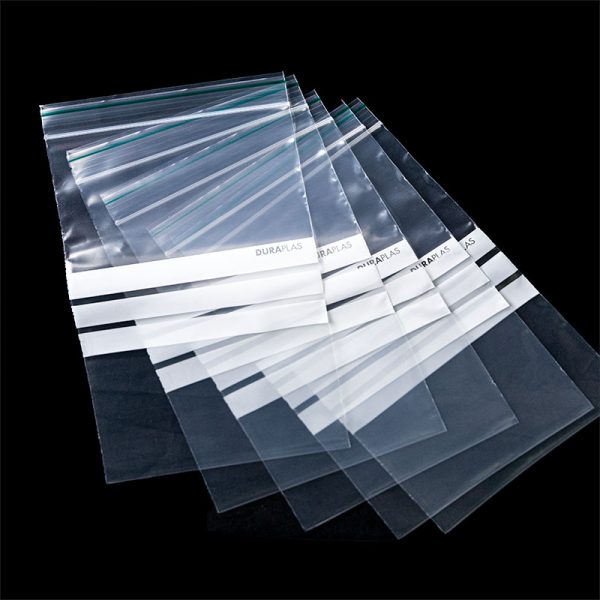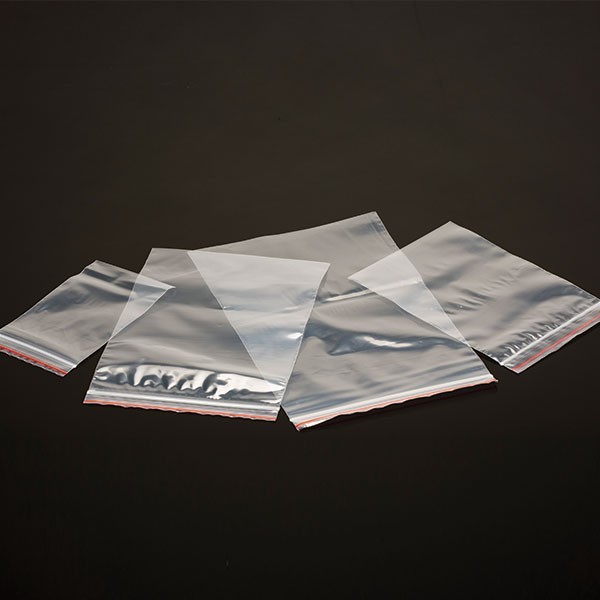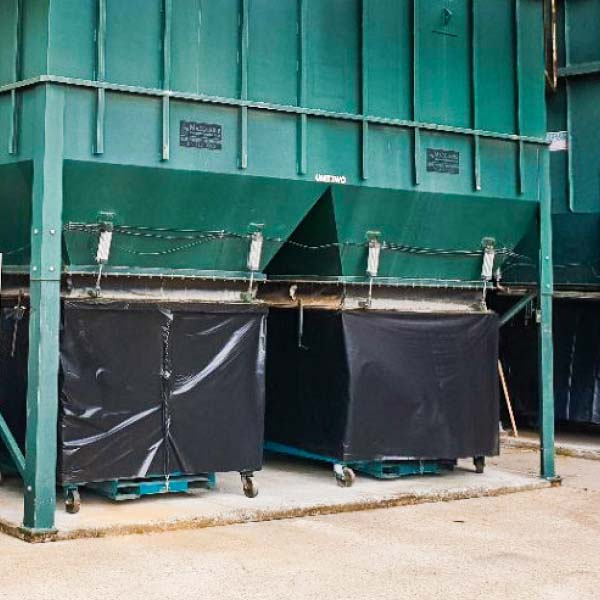Call one of our PEAL experts today via the link below or read on for more information on PEAL Allergen labelling.
What is PEAL Food Labelling?
PEAL, in the context of a bakery, stands for Plain English Allergen Labelling. It’s a system designed to make allergen information on food products clear and easy to understand for consumers. Here’s a breakdown of each component:
Plain: The information should be presented in a straightforward and simple manner. Avoid using complex language or technical terms that might confuse customers. Use clear, easy-to-understand language that everyone can comprehend.
English: Ensure that the allergen information is written in the English language. This is to cater to a broad audience and to make the details accessible to as many people as possible.
Allergen: Clearly identify and list all allergens present in the bakery products. Common allergens include ingredients like nuts, dairy, eggs, soy, and wheat. Make sure to highlight these allergens so that customers can easily identify whether a product is safe for them to consume.
Labelling: Use a consistent and visible format for presenting allergen information on product labels. This could include using bold text, a specific color, or a separate section on the packaging dedicated to allergen details. The goal is to make this information easily noticeable for consumers.
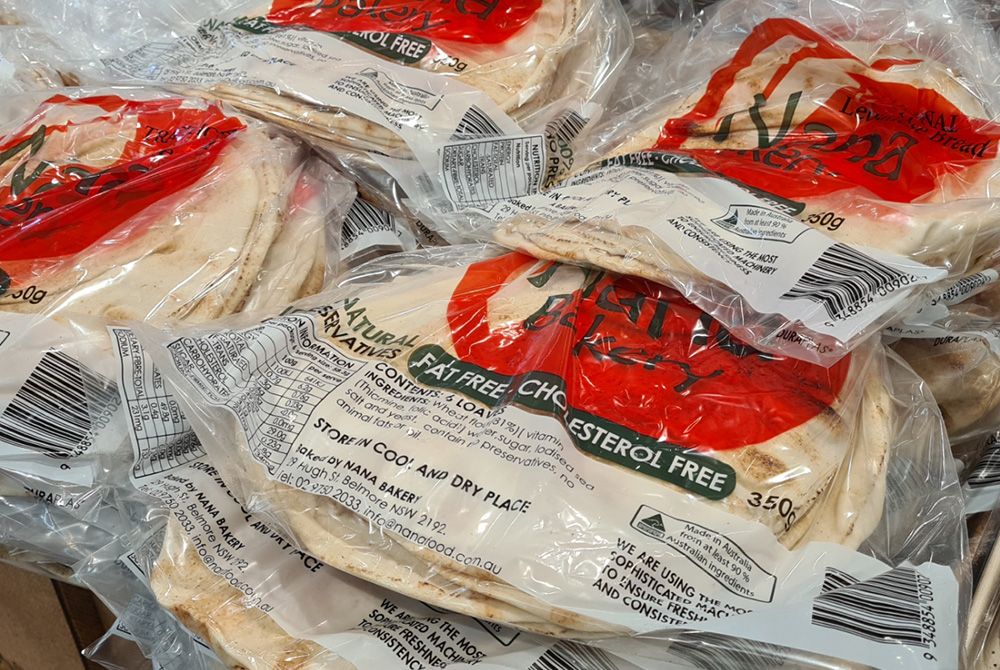
For a bakery, this might mean having a clear section on the packaging or a visible sign in the store that lists all the allergens present in each product. For example, if a muffin contains nuts, eggs, or other common allergens, this information should be prominently displayed using simple language to ensure that customers can make informed choices based on their dietary needs or restrictions.
Why Do We Need It?
Certain foods and ingredients can cause severe allergic and other adverse reactions in some people. The Australia New Zealand Food Standards Code (the Code) requires these to be declared on labels when they are present in food. The changes will help people find allergen information on food labels more quickly and easily, so they can make informed and safe food choices.

New Allergen Labelling Requirements
On 25 February 2021, the Food Standards Code introduced new requirements for allergen labelling. These changes aim to make allergen information on food labels clear and accessible for consumers, allowing them to make safe choices.
These requirements include that allergen information is to be declared:
- In a specific format and location on food labels
- Using simple, plain English terms in bold font
What Has Changed?
The Food Standards Code now requires food and ingredients to be declared using certain required names, listed below. The change also means individual tree nuts, molluscs, and individual cereals must all be declared separately.
What Must Be Declared?
Foods and ingredients to be declared (using these names):


*Barley, oats, and rye must be declared if they contain gluten.
** Sulphites must be declared when added in amounts equal to or more than 10 milligrams per kilogram of food.
How To Ensure Compliance
Step 1: Get Started Today by filling in the ingredient details in the NSW Government Food Labelling Assistant provided below. Follow the prompts on the screen and read the introduction to the labelling process.
STEP 2: FILL IN Product details on the form as required. Don’t forget to check the helpful tips if you need guidance.
STEP 3: EMAIL & SAVE: Email a link of your completed label to sales@upac.com.au for the new PEAL food label to be included in your printed packaging artwork. You can also save it as a PDF for your records.

How we can help with Custom Printed Plastic Bags
The UPAC team of specialised custom bread bag designers will contact you to discuss all the details for your printed packaging. They will showcase endless opportunities to enhance your brand and products, providing solutions tailored to the bakery industry’s unique specifications, sizes, and designs, ultimately improving production efficiency and ensuring Government compliance.
